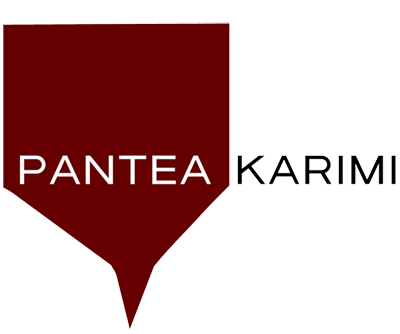Euphrat Museum’s fall exhibit explores kindness and hope
by Khalida Sarwari

Euphrat Museum of Art’s fall exhibit, titled “Kindness as Resistance,” features artwork by Bay Area-based artists that explore positive counter-narratives as a response to injustice or oppression. Pantea Karimi, a San Jose-based artist who teaches at Gavilan College and Cabrillo College, has several pieces in the exhibit, many of which were inspired by her childhood in Shiraz, Iran. Her works collectively attempt to engage four of the five senses: touch, sight, hearing and smell. Her most visible piece is called “Folding Gardens,” an installation of digital prints on silk organza, rods and threads that hang from the ceiling. The work is based on “The Herbal of al‑Ghafiqi,” a manuscript written by 12th century Andalusian physician and scholar Abu Ja’far al-Ghafiqi. “The idea is that someone can take these fabric strips in a folded manner and open them on demand,” Karimi said. “To me, it’s very poetic. It’s a metaphor for carrying the healing notion of nature. That’s why they’re printed on fabric so they can be folded.”
In this space, Karimi has the sound of a water fountain emanating from speakers. Alongside “Folding Gardens” is another piece that’s titled “Medicinal Herbal Volvelle,” an interactive wheel installation that reveals the healing properties of eight plants. And right next to that is a shelf that contains plant extracts—another interactive piece that invites visitors to open the bottles and take a whiff, a Shiraz-inspired piece of art, Karimi said.
Karimi developed these works this year as part of a six-month fellowship residency she completed at the Kala Art Institute in Berkeley. Her aim, she said, was to encourage people to engage with these concepts through the senses rather than just read about them online or in a book. “My main idea is basically that I would like to encourage people to get connected to the natural world,” she said. “The importance of connectivity with the natural world is the main idea behind this botanical work and also to highlight the ancient practices. I feel like in contemporary times, we are not connected to the healing aspect of nature. We are connected to the beauty of it and preserving it, but how about the healing aspect of it? So I wanted to highlight that through my work.”
